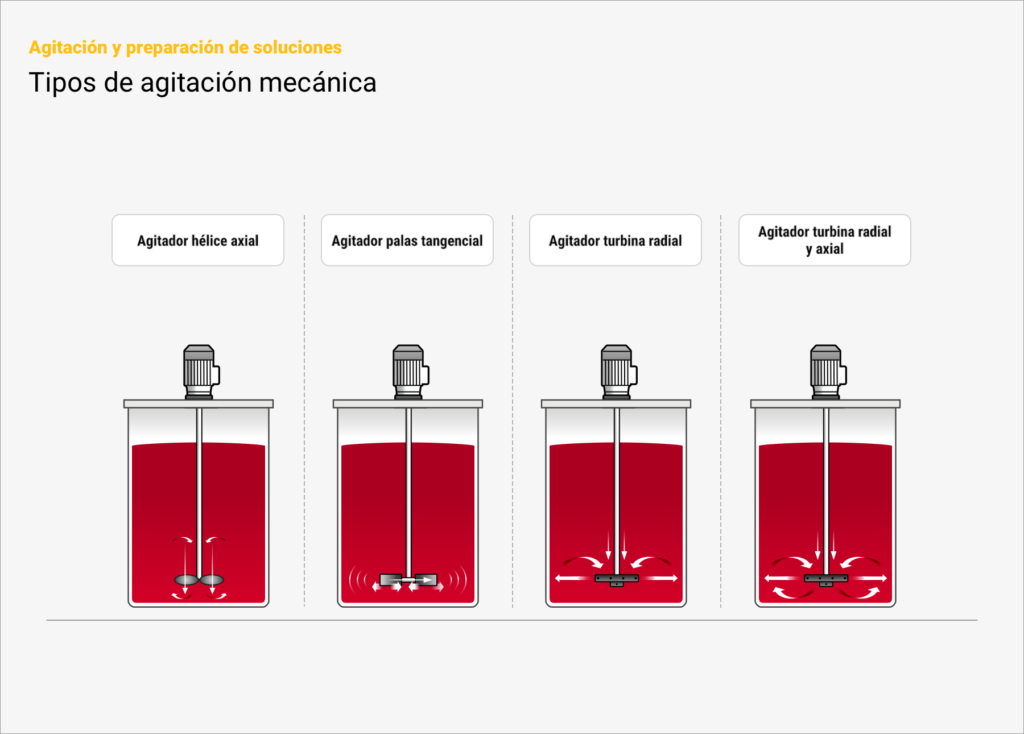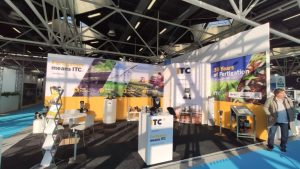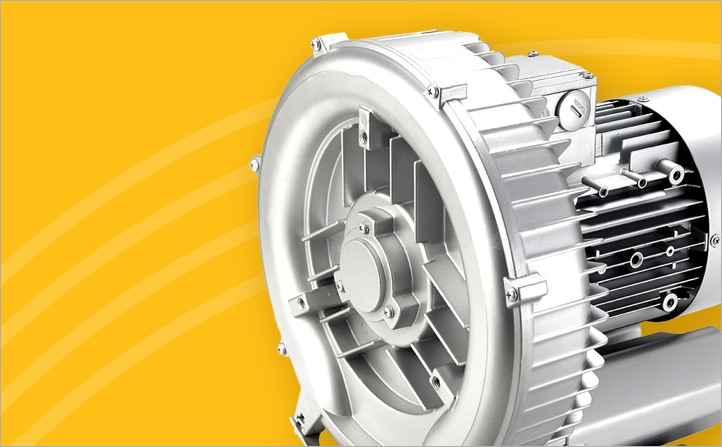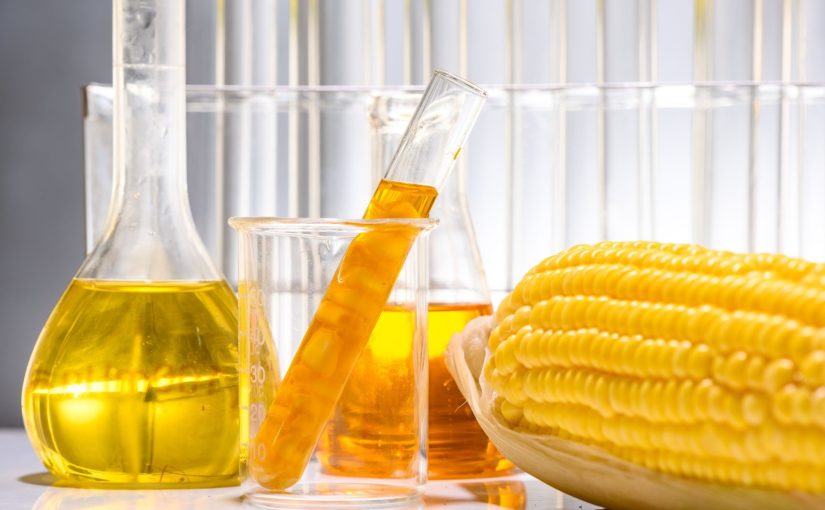In agriculture, it is common to use solid fertilizers that must be incorporated into the irrigation network and converted into liquid solutions to meet the nutritional needs of each crop. Each of these crops has its own needs, which vary according to many factors, such as the stage of growth or the type of soil.
Thanks to fertigation, it is possible to deliver the necessary nutrients to each crop through the irrigation network in an efficient way, ensuring that all the dosed fertilizer reaches the plant. One of the most common methods of preparing a liquid solution that can be easily dosed into the irrigation water is agitation. We will explain the different types.
What are agitators?
Turbine agitators are devices used to mix and homogenize liquids such as fertilizers or nutrients in application tanks. For example, they are responsible for mixing solid fertilizers with water to promote their dissolution.
Therefore, the main function of mechanical agitators is to ensure uniform distribution of chemical elements in solutions, avoid sedimentation and ensure efficient crop application.
Types of agitators

Some of the agitation methods are fan agitation or mechanical agitation.
Focusing on mechanical agitation, there are 4 types, which are differentiated by the direction of agitation:
Axial agitation
In this type of agitation, an axial propeller agitator creates a flow that allows part of the bottom of the tank to be agitated. Fertilizer is deposited on the edges, which is not mixed and makes it difficult to control the amount. This type of fertilizer agitator cannot be used in large tanks because as the size of the tank increases, the amount of fertilizer deposited on the edges increases.
Tangential Agitation
The use of a paddle stirrer creates tangential agitation, which produces a great deal of agitation throughout the tank but does not affect the product deposited at the bottom of the tank. Furthermore, if we use a small paddle, the efficiency of this agitation system is further reduced.
Radial Agitation
A turbine agitator is used for radial agitation. The radial agitator creates a large disturbance and improves the mixing of the product deposited at the bottom of the tank, as long as the tank dimensions are not too large.
Radial and axial agitation
It is the ideal agitation because it allows a perfect mixing of all the fertilizer in the tank, avoiding the deposition of product at the bottom. For this agitation and mixing, there are turbine agitators with radial and axial shafts that optimize the agitation in an energetic and efficient way, acting on the whole surface of the bottom of the tank. This is the most recommended agitation system when the tank is of considerable size (about 300 liters or more). This makes it one of the most widely used agitators for large tanks.
Where to buy fertilizer mixers?
When purchasing a turbine mixer for the preparation of liquid solutions such as fertilizer, there are several aspects to consider.
One is the agitator’s ability to mix uniformly, ensuring an even distribution of nutrients in the solution. Performance and energy efficiency are also critical. Corrosion resistance is also a consideration, as fertilizers often contain corrosive components.
Finally, it is advisable to choose turbine mixers that are easy to maintain and have a long service life.




